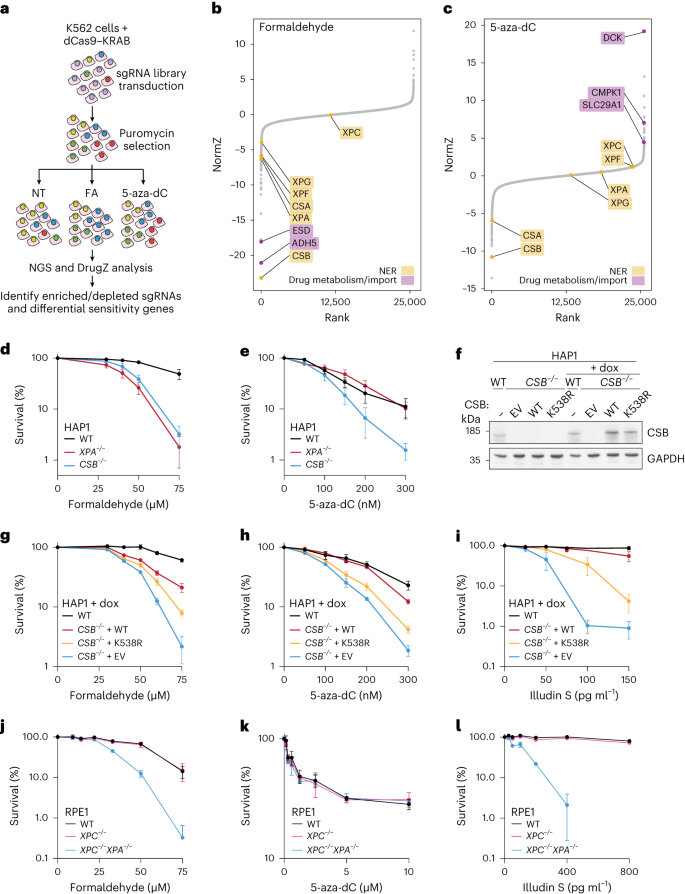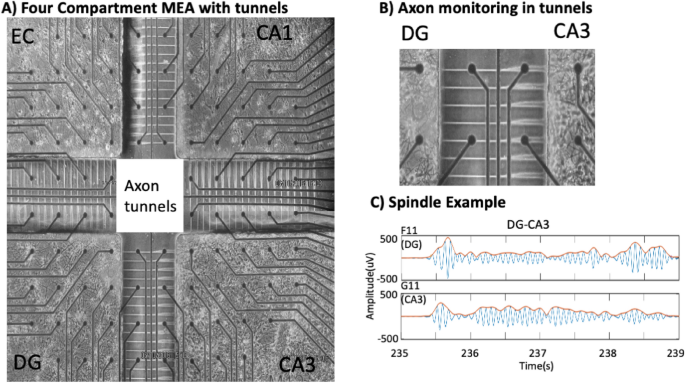2024-04-10 ミュンヘン大学(LMU)
<関連情報>
- https://www.lmu.de/en/newsroom/news-overview/news/cockayne-syndrome-new-insights-into-cellular-dna-repair-mechanism.html
- https://www.nature.com/articles/s41556-024-01391-1
DNA-タンパク質架橋の転写共役修復はCSAとCSBに依存する Transcription-coupled repair of DNA–protein cross-links depends on CSA and CSB
Christopher J. Carnie,Aleida C. Acampora,Aldo S. Bader,Chimeg Erdenebat,Shubo Zhao,Elnatan Bitensky,Diana van den Heuvel,Avital Parnas,Vipul Gupta,Giuseppina D’Alessandro,Matylda Sczaniecka-Clift,Pedro Weickert,Fatih Aygenli,Maximilian J. Götz,Jacqueline Cordes,Isabel Esain-Garcia,Larry Melidis,Annelotte P. Wondergem,Simon Lam,Maria S. Robles,Shankar Balasubramanian,Sheera Adar,Martijn S. Luijsterburg,Stephen P. Jackson & Julian Stingele
Nature Cell Biology Published:10 April 2024
DOI:https://doi.org/10.1038/s41556-024-01391-1

Abstract
Covalent DNA–protein cross-links (DPCs) are toxic DNA lesions that block replication and require repair by multiple pathways. Whether transcription blockage contributes to the toxicity of DPCs and how cells respond when RNA polymerases stall at DPCs is unknown. Here we find that DPC formation arrests transcription and induces ubiquitylation and degradation of RNA polymerase II. Using genetic screens and a method for the genome-wide mapping of DNA–protein adducts, DPC sequencing, we discover that Cockayne syndrome (CS) proteins CSB and CSA provide resistance to DPC-inducing agents by promoting DPC repair in actively transcribed genes. Consequently, CSB- or CSA-deficient cells fail to efficiently restart transcription after induction of DPCs. In contrast, nucleotide excision repair factors that act downstream of CSB and CSA at ultraviolet light-induced DNA lesions are dispensable. Our study describes a transcription-coupled DPC repair pathway and suggests that defects in this pathway may contribute to the unique neurological features of CS.


